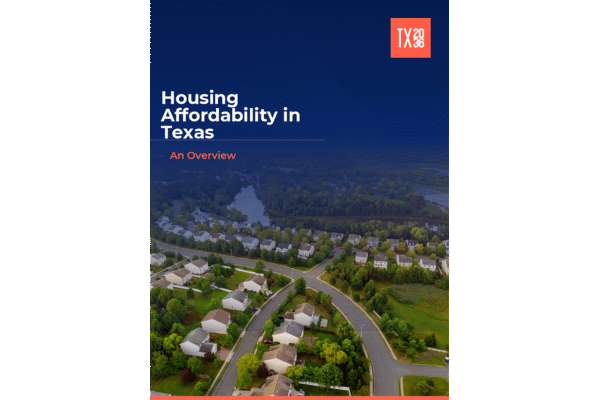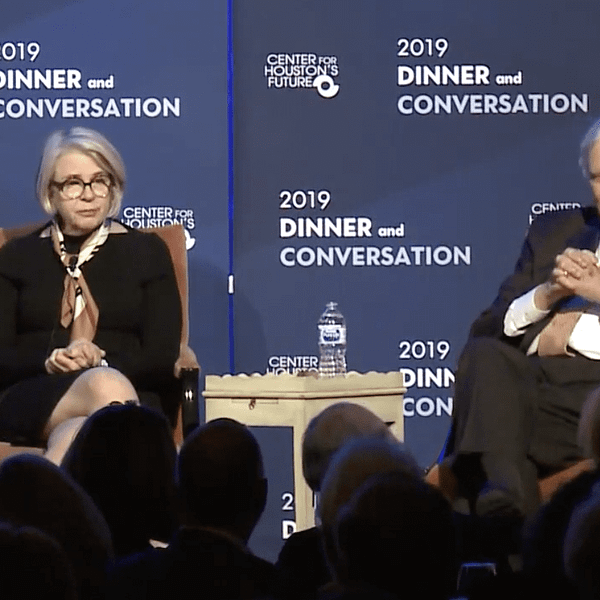A new report released by Texas 2036 and the Center for Sustainable Development at the University of Texas at Austin School of Architecture reveals that higher density residential development—think townhomes, garden apartments, and small multifamily buildings—can generate tens of thousands of dollars more net revenue for Texas cities than traditional suburban subdivisions.
This research was made possible by support from Wells Fargo and Texas REALTORS®.
Top Takeaways
- The study analyzes nine recently completed housing developments in Fort Worth, College Station, and Fate.
- Medium- and high-density developments create more revenue for cities through property taxes than they cost to serve, especially when compared to the significant long-term costs of maintaining roads, water, and sewer infrastructure for low-density subdivisions.
- In all three cities, the study found that denser developments outperformed low-density housing developments when measured by fiscal productivity per housing unit.
What is the state of housing affordability in Texas? What can we do to ensure that more Texans can achieve the American dream of home ownership?
For decades, Texas’ affordable housing has been one of the state’s greatest economic advantages, attracting families and businesses alike. But rising home prices, a growing shortage of housing units and restrictive land-use policies now threaten that advantage.
Our new Texas 2036 Housing Blueprint outlines the policies needed to fix this crisis before it worsens, threatening generations of Texas’ ability to achieve the American Dream.
Top Takeaways
- Home prices are rising fast. Median home prices in Texas have jumped nearly 40% since 2019, outpacing income growth and making homeownership increasingly unattainable.
- A supply problem, not just a demand problem. Texas needs 320,000 additional housing units to meet market demand. But restrictive land-use policies are slowing down construction.
- “Missing middle” housing is missing. Housing types like duplexes, townhomes and small apartment buildings, which provide more affordable options, are often banned or restricted by local regulations.










